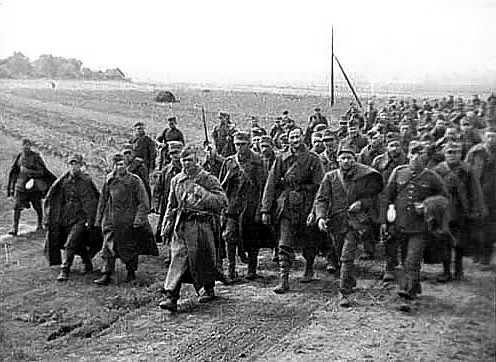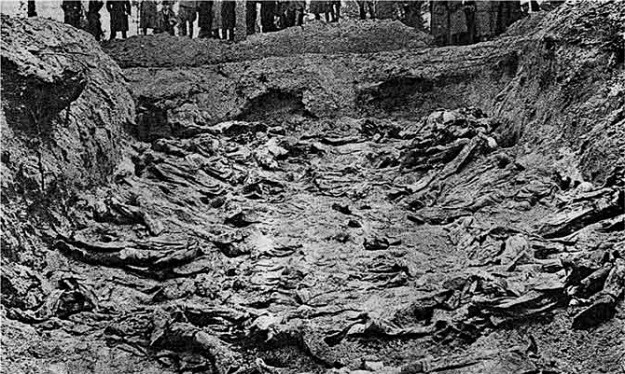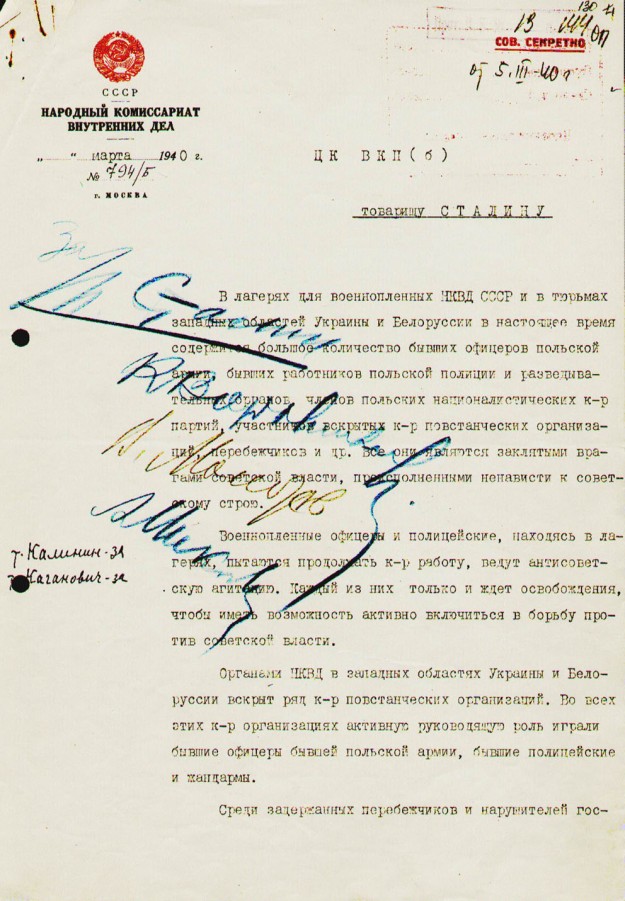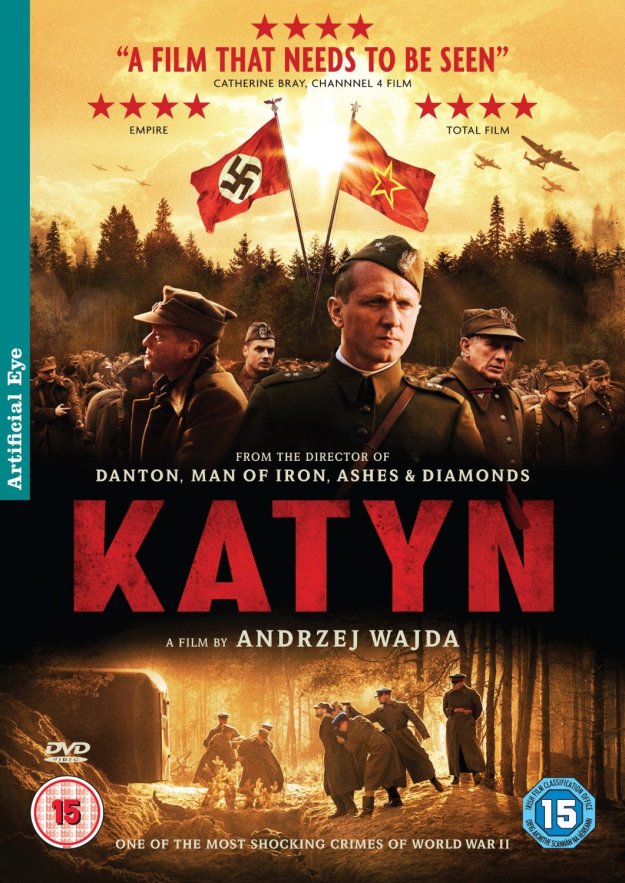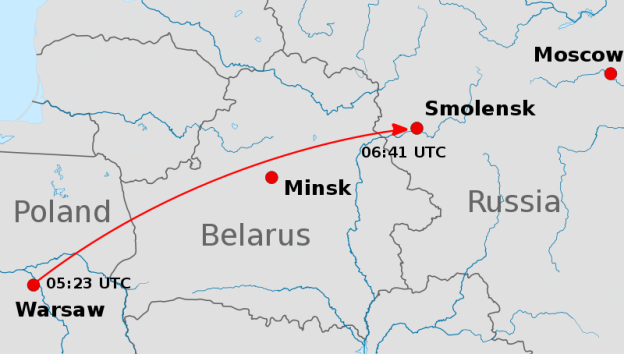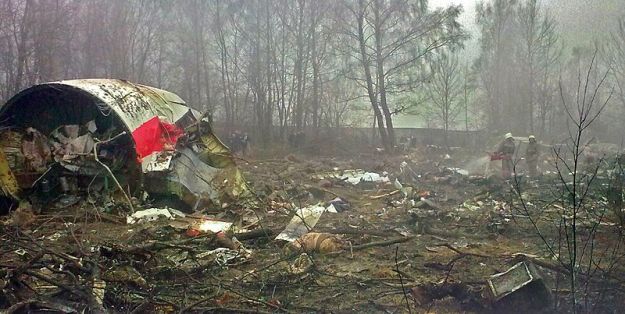Katyn
What happened at Katyn?
Although the USSR invaded Poland in September 1939, the Polish Government in Exile worked with the allies and opened diplomatic relations with the Soviet Government of Stalin in 1941.
During the early days of the War, thousands of Poles had been arrested and imprisoned, or placed on lists. There are two possible reasons for what followed in April/May 1940:
– The Soviets wanted to remove the potential leaders of a post-war Poland, and
– They could cover up what followed by claiming it was the action of the Germans
What did follow? At Katyn Forest, about 19km from Smolensk, the NKVD acting on orders signed by (amongst others) Stalin, murdered:
– 8,000 Polish PoWs
– 6,000 Polish policemen
– an admiral,
– two generals,
– 24 colonels,
– 79 lieutenant colonels,
– 258 majors,
– 654 captains,
– 17 naval captains,
– 3,420 NCOs,
– seven chaplains,
– three landowners,
– a prince,
– 43 officials,
– 85 privates,
– 131 refugees,
– 20 university professors,
– 300 physicians,
– several hundred lawyers, engineers, and teachers, and
– more than 100 writers and journalists
– as well as about 200 pilots
Other executions occurred at the distant Starobelsk and Ostashkov camps, at the NKVD headquarters in Smolensk, and at prisons in Kalinin (Tver), Kharkiv, Moscow and other Soviet cities. Still more executions took place at various locations in Belarus and Western Ukraine, based on special lists of Polish prisoners, prepared by the NKVD specifically for those regions.
The Nazi government announced the discovery of mass graves at Katyn in 1943. When Sikorski, head of the Polish Government in Exile and of the Polish armed forces, asked for an investigation by the International Red Cross, Stalin severed diplomatic relations.
In September 1943, Goebbels was informed that the German army had to withdraw from the Katyn area. He wrote a prediction in his diary: “Unfortunately we have had to give up Katyn. The Bolsheviks undoubtedly will soon ‘find’ that we shot 12,000 Polish officers. That episode is one that is going to cause us quite a little trouble in the future. The Soviets are undoubtedly going to make it their business to discover as many mass graves as possible and then blame it on us”.
The Soviet Union meanwhile worked to persuade the Allies to replace the Polish Government in Exile in London, led by Sikorski, with a pro-Soviet GIE in Moscow.
In July 1943, Sikorski had died in a plane crash, taking off from Gibraltar, which only the pilot survived.
In the 1950s, the head of the KGB proposed and carried out the destruction of many Katyn-related documents. His 3 March 1959 note to Nikita Khrushchev with information about the 21,857 Poles murdered by the NKVD at Katyn and his proposal to destroy their personal files was preserved and eventually made public.
In 1989 Soviet academics confirmed that Stalin ordered the massacre at Katyn and in 1990 Mikhail Gorbachev admitted that the NKVD had executed the Poles and gave details of two other burial sites at Mednoye and Piatykhatky.
To this day the Communist Party of the Russian Federation as well as other pro-Soviet Russian politicians and commentators continue to deny all Soviet guilt, call the released documents fakes, insist that the original Soviet version—Polish prisoners were shot by Germans in August 1941—is the correct one, and call on the Russian government to start a new investigation.
The 2007 movie, Katyn, is in Polish with English sub-titles. It’s available from Amazon and other sellers.
Katyn II
In what one cannot deny is a remarkable co-incidence, the plane carrying the Polish President and first lady and 89 officers, politicians and clergy flying to Smolensk to attend the 70th anniversary memorial of the massacre crashed, with the death of all on board.
